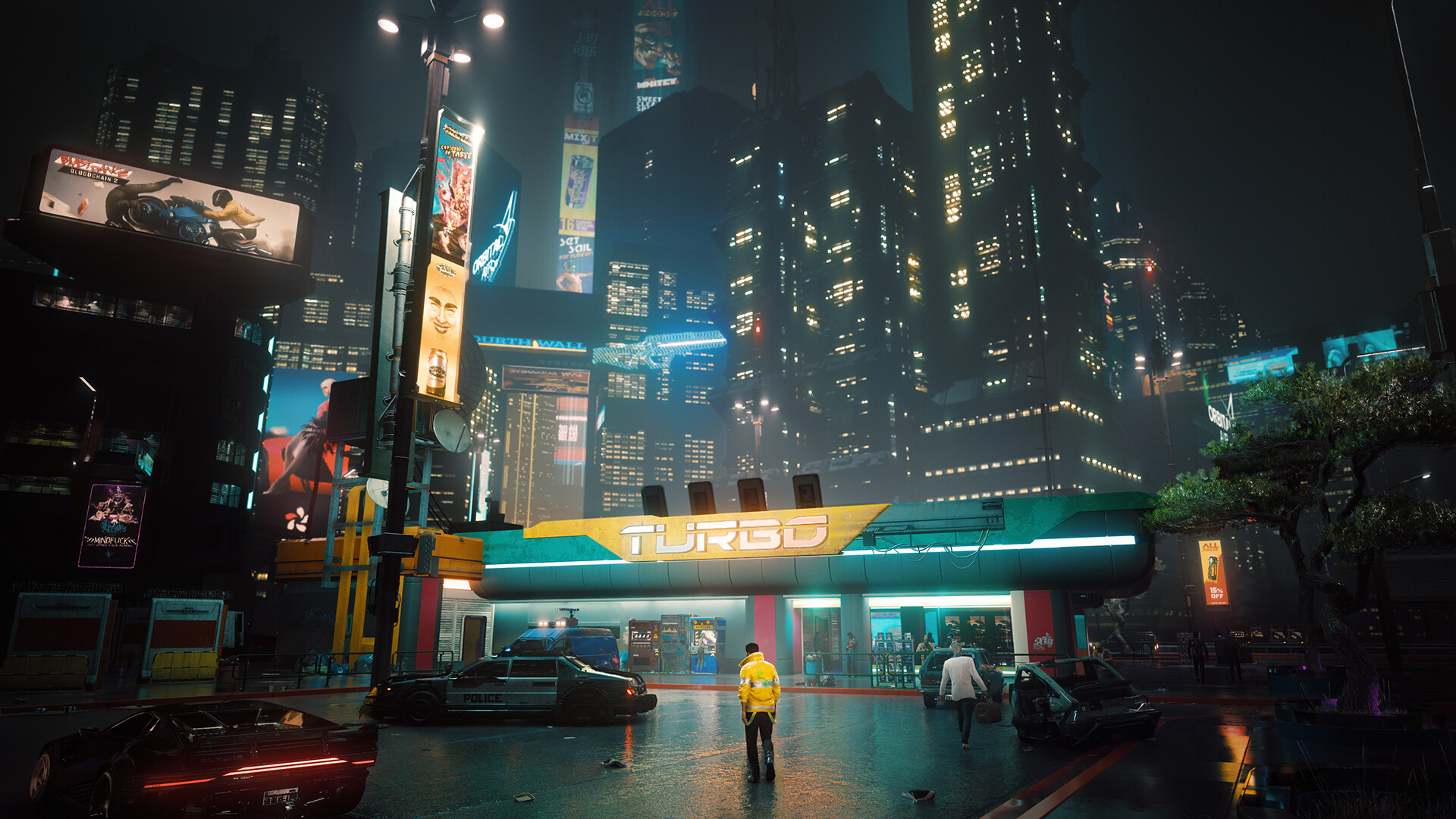Wolfenstein II: The New Colossus – FPS Narrative Boldness in a Dystopian World
Few first-person shooters dare to blend relentless action with deep, provocative storytelling as boldly as Wolfenstein II: The New Colossus. Developed by MachineGames and published by Bethesda in 2017, this sequel to The New Order not only refines its predecessor’s gunplay but also pushes narrative boundaries in ways rarely seen in the FPS genre. With its unflinching portrayal of fascism, complex character arcs, and a protagonist who defies conventional heroism, The New Colossus stands as a masterclass in storytelling within a genre often criticized for prioritizing spectacle over substance.

A Subversive Take on Alternate History
Set in an alternate 1961 where the Nazis won World War II and now rule America, The New Colossus doesn’t shy away from the grotesque realities of its dystopia. The game’s world-building is meticulous—propaganda broadcasts, segregated streets, and brutal oppression paint a chilling picture of a Nazi-controlled United States. Unlike many shooters that use war as a mere backdrop, The New Colossus forces players to confront the human cost of fascism, making its action feel urgent and morally charged.
The narrative’s boldness lies in its willingness to explore uncomfortable themes. From the psychological scars of protagonist B.J. Blazkowicz to the systemic horrors faced by marginalized groups, the game refuses to sanitize its subject matter. One particularly harrowing sequence involves a flashback to B.J.’s abusive childhood, revealing how trauma shaped him—an introspective moment rarely seen in FPS campaigns.
B.J. Blazkowicz: An Unlikely, Flawed Hero
B.J. is far from the typical silent, invincible FPS protagonist. Wounded, vulnerable, and haunted by his past, he’s a man clinging to defiance rather than embodying unstoppable might. His internal monologues—filled with poetic despair and grim determination—add depth to what could have been a one-dimensional killing machine.
Supporting characters further elevate the narrative. From the fiery revolutionary Anya to the tormented scientist Sigrun, each ally brings emotional weight to the resistance. Even antagonists like the sociopathic Frau Engel and her daughter are given disturbing depth, making them more than just cartoonish villains.
Gameplay and Story in Harmony
While The New Colossus delivers the fast-paced, dual-wielding chaos expected of Wolfenstein, its narrative elevates the action. Every Nazi slain feels like a blow against tyranny rather than mindless violence. The game’s pacing expertly balances quiet character moments with explosive set pieces, ensuring that neither story nor gameplay overshadows the other.
The controversial "choice" moment—where players must decide the fate of a key character—exemplifies the game’s narrative ambition. Unlike superficial morality systems in other shooters, this decision carries emotional weight, forcing players to grapple with vengeance versus mercy.
A Legacy of Bold Storytelling
Wolfenstein II: The New Colossus proves that FPS games can be more than just shooting galleries. Its unapologetic storytelling, rich character development, and political commentary set a benchmark for narrative-driven shooters. While its themes may unsettle some, that discomfort is precisely what makes it memorable. In an industry often hesitant to take risks, The New Colossus stands as a defiant testament to the power of bold storytelling in gaming.
Whether you play it for its cathartic gunplay or its gripping narrative, Wolfenstein II: The New Colossus remains a standout title—one that challenges players to think as much as they shoot.














